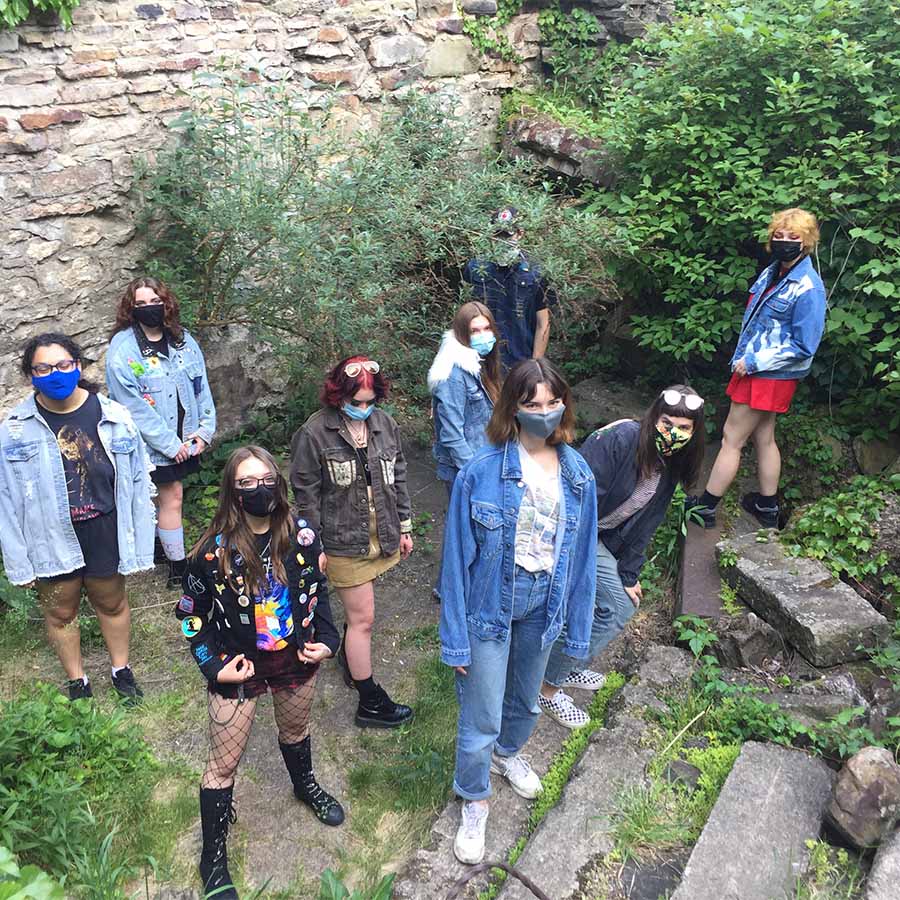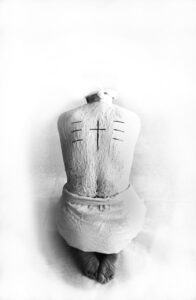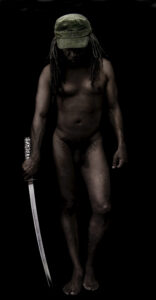This play is a reflection on the (im)possibility of accepting diversity and the other. The fragmented body of the neoplasm—the fruit of unstable conditions—overcomes barriers, loves and denies itself and others, wanders around, forgetting its profession. It frequently and with pleasure divides, goes through dangerous palpation, questions the possibility of contact with the experience of the other. Poorly brought up but very successful, it invites us to a trans-species transition.
Lorem ipsum dolor sit amet, consectetur adipiscing elit. Fusce at elit quis felis ullamcorper vehicula non in est. Maecenas finibus pharetra justo et faucibus. Nulla eu tortor vel ex volutpat efficitur. Vivamus placerat turpis in aliquet venenatis. Quisque ac lacinia mauris. Nam quis lobortis elit. Vestibulum sagittis nisi sit amet euismod hendrerit. Mauris non sodales odio. Donec efficitur molestie quam, sed lobortis massa vestibulum ut.
Nunc at arcu sodales nisi porta euismod non vel neque. Phasellus at lobortis ante, in suscipit justo. Proin non purus vitae nisi molestie consectetur. Vestibulum volutpat lobortis interdum. Vestibulum pretium ligula lorem, egestas ultricies lectus ultricies ac. Curabitur venenatis vulputate dolor.
Presenting the artistic trajectory of Roberto Diago becomes an exercise in penetrating the complexity and diversity of his work to find the common denominator that defines it precisely. Such an exercise reveals two essential aspects: political intent, and the Black esthetic.
On the one hand, the development of Diago's work consistently takes on social themes that have been neglected by the Cuban state during the last few decades. In the context of the Cuban revolution, these social issues have become political conflicts due to the lack of legitimate institutional channels for questioning the position of the government. Thus, Diago's work is a pointed example of an important part of contemporary Cuban cultural production, from film to literature to painting, which have emerged as forums for political discussion.
On the other hand, the development of a specifically Black esthetic emerges as one of the most characteristic aspects of Diago's work. The themes, the allegorical references, the materials and their use, the textures and colors, all correspond to a symbolic dimension indicating a distinctively Afro-Cuban universe: the skin as a mark of identity, the socioeconomic conditions in which the Afro-Cuban community has traditionally lived, as well as its cultural heritage and historical memory. Like other Cuban artists who focus on racial themes, Diago avoids the dangers of folklorization because of his knowledge of universal art and his academic training. Nevertheless, his use of themes of the common people is always fresh. - Ana Belén Martín Sevillano
In Diago's Ascending City, a disordered configuration of burnt wooden boxes seems to reference the overcrowded living conditions of many Black Cubans. The smell of charred wood contributes to the work's overwhelming feeling of deterioration.
Curated by Alejandro De La Fuente
Exhibition
Juan Roberto Diago graduated from the Academia de Artes Plásticas “San Alejandro” in 1990. Ana Belén Martín Sevillano, Assistant Professor of Spanish and Cultural Studies at Queen’s University identifies two common threads running through Diago’s work: political intent and the black esthetic. First, the Cuban state does not provide its citizens with legitimate institutional channels for questioning the position of the government. Consequently, many Cubans--like Diago--have turned to film, literature, painting, etc. to express their political views. Second, Diago's work is characterized by a specifically black aesthetic. Every aspect of his artwork--from the themes to the materials--corresponds to an aspect of the Afro-Cuban experience: "the skin as a mark of identity, the socioeconomic conditions in which the Afro-Cuban community has traditionally lived, as well as its cultural heritage and historical memory."


















